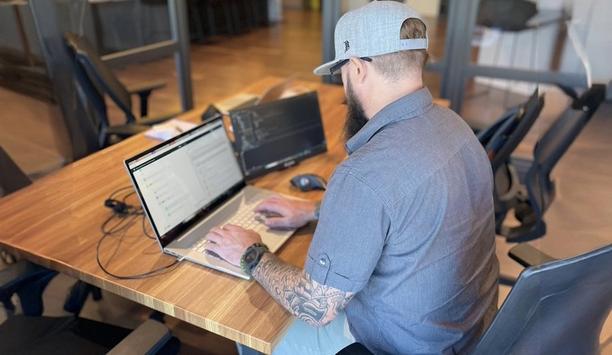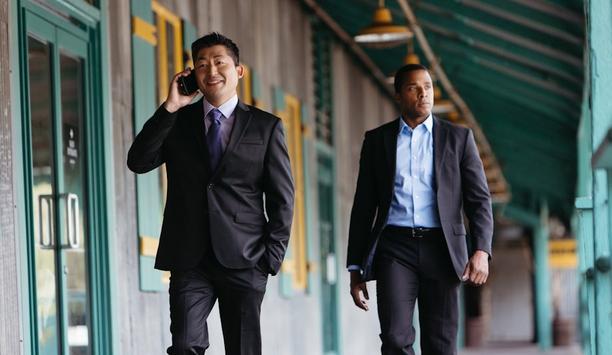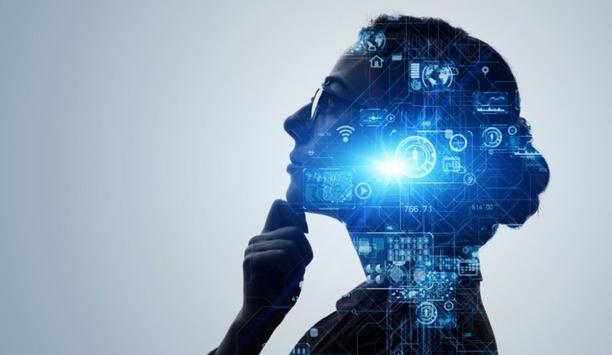Could drones be used for civilian/commercial surveillance within five years?
Drone strikes in war zones are reported routinely now in the news, but unmanned aerial vehicles (UAVs) or drones are still not common in commercial and civilian applications. Commercial uses may still be several years away, but is it too soon to start thinking about the possible security applications?
Currently in the United States, Congress has directed the Federal Aviation Administration to come up with a plan by September 2015 to “integrate” unmanned aircraft safely into U.S. airspace. After that, presumably, the FAA will grant licenses to fly the vehicles for various civilian and commercial uses. The agency projects that five years after it issues regulations for drones weighing 55 pounds or less, there will be 7,500 such devices in the air.
Meanwhile, technology advances are making the process of flying the drones both more precise and more automated. By the time drones are widely used in the commercial world, it will be a mature technology that has performed many years in military applications. The effective wartime use of drones has encouraged greater consideration of how the devices can be used in commercial applications such as security.
Enhancing video surveillance for large perimeters
The most obvious security application is the ability to add new bird’s-eye views to video surveillance systems. Drones programmed to “patrol” a perimeter could expand current capabilities of security to provide an early warning, or could even be programmed to follow a target as it approaches a protected facility. Drones could be used to view very large areas, such as along petroleum pipelines which may now be unprotected. Use of a variety of sensors and other electronic components makes the potential benefits of drones for security applications almost limitless. Even as the U.S. regulatory issues are being settled, it is likely commercial uses will continue to be developed in other places in the world, ready to deploy domestically as soon as they are allowed.
Other civilian applications include policing and firefighting or other work that is dangerous or unpleasant. How might the interaction of such uses with existing security systems promote greater protection and faster emergency response? How should the security industry be preparing for civilian uses of drones? (For that matter, what new vulnerabilities and threats does the technology represent and how should the industry prepare?)
Drones are already being used for surveillance at the U.S.-Mexican border, and the Washington Post reported earlier this year that various federal, state and local law enforcement agencies often borrow the drones for missions such as disaster relief and searching for marijuana crops.
We have all watched how fast technology can change our market. It may not be too soon to be thinking about how drones could become a valuable new tool for the security market. Five years isn’t very long.









































